Text

Duomo di Milano or Metropolitan Cathedral - Basilica of the Nativity of Saint Mary (Milan) , Italy
#art#sonya7c#photography#church#religion#culture#beautiful#sculpture#shadow and bone#travel#cemetery#dark art#experience#sonyalfa#statues#italy#90mm#milan#duomomilano#tamron
16 notes
·
View notes
Text

Duomo di Milano or Metropolitan Cathedral - Basilica of the Nativity of Saint Mary (Milan) , Italy
#art#sonya7c#photography#church#religion#culture#beautiful#sculpture#shadow and bone#travel#cemetery#dark art#experience#sonyalfa#statues#italy#milan#90mm#tamron
10 notes
·
View notes
Text

Cimitero Monumentale di Staglieno or Çimiteio de Stagén en Genovés
Found 1851
#art#sonya7c#photography#church#religion#culture#beautiful#sculpture#shadow and bone#travel#cemetery#dark art#experience#italy#sonyalfa#statues#90mm#genova#cimitero
11 notes
·
View notes
Text

Cimitero Monumentale di Staglieno or Çimiteio de Stagén en Genovés (Génova) ,Italy
Found 1851
#art#sonya7c#photography#church#religion#culture#beautiful#sculpture#shadow and bone#travel#cemetery#dark art#experience#italy#sonyalfa#statues#90mm#genova#cimitero
1 note
·
View note
Text

Igreja Nissan Senhora da Consolação (São Paulo) ,Brasil
1799/1801 (Early Church)
1909/1959 (Current Church)
#art#sonya7c#photography#church#religion#culture#beautiful#sculpture#shadow and bone#travel#cemetery#dark art#statues#experience#sonyalfa#16mm#sigma#neo gothic#architecture#saopaulo#brasil
14 notes
·
View notes
Text

Duomo di Milano or Metropolitan Cathedral - Basilica of the Nativity of Saint Mary (Milan), Italy
#art#sonya7c#photography#church#religion#culture#beautiful#sculpture#shadow and bone#travel#cemetery#dark art#italy#milan#statues#experience#sonyalfa#90mm#tamron#nuns
3 notes
·
View notes
Text
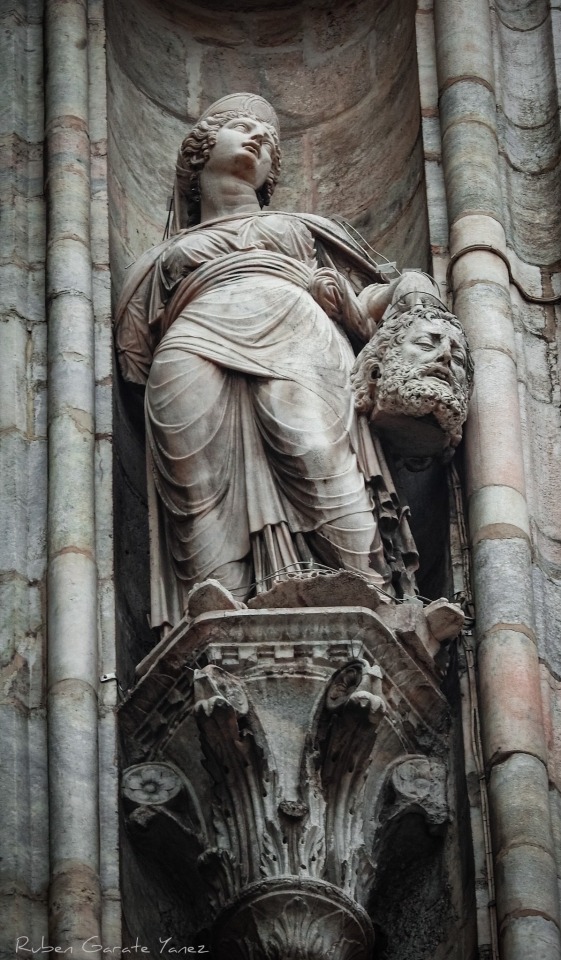
Duomo di Milano or Metropolitan Cathedral - Basilica of the Nativity of Saint Mary (Milan) , Italy
#art#sonya7c#photography#church#religion#culture#beautiful#sculpture#shadow and bone#travel#cemetery#dark art#italy#milan#statues#experience#sonyalfa#90mm#tamron
1 note
·
View note
Text

Igreja De São Francisco De Paula , (Rio De Janeiro) , Brasil
Found 7 March 1865
#art#sonya7c#photography#church#religion#culture#beautiful#sculpture#shadow and bone#travel#cemetery#brasil#riodejaneiro#neoclassicism#experience#sonyalfa
4 notes
·
View notes
Text

Fiume Road National Graveyard
Official Name: Fiumei úti Nemzeti Sírkert , (Budapest) , Hungary
Founded 1847
The cemetery's first burial took place some two years after its opening, in 1849. Since then numerous Hungarian notables (statesmen, writers, sculptors, architects, artists, composers, scientists, actors and actresses etc.) have been interred there, several of them in ornate tombs or mausoleums…
#art#sonya7c#church#culture#cemetery#photography#religion#hungary#budapest#beautiful#sonyalfa#shadow and bone#sculpture#silence#statues#dark art#travel
6 notes
·
View notes
Text
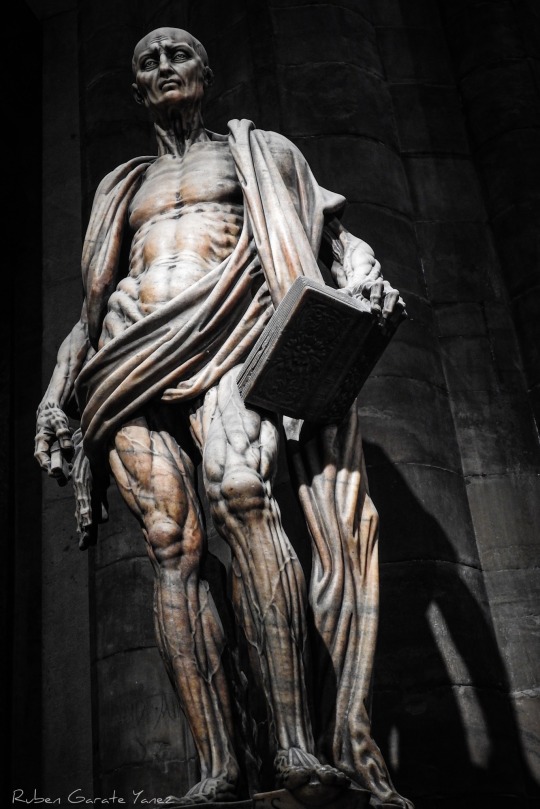



Duomo Di Milano or Metropolitan Cathedral - Basilica of the Nativity of Saint Mary (Milan) , Italy
Statue of “St Bartholomew skinned”, made by the sculptor Marco d’Agrate in 1562 for the Veneranda Fabbrica of the Duomo, St Bartholomew is one of Christ’s twelve apostles, executed for his Christian faith, portrayed here based on how he is identified by iconography following the agony suffered.
The Saint, skinned alive, carries what looks like a drape on his shoulders and around his body. But it is his skin; clear reference to the torture inflicted. Up until the XIII-XIV century, the apostle was portrayed dressed holding a book and a knife; alluding to the Gospel proclaimed and martyrdom suffered. They started to portray his agony from the Renaissance onwards. Whereas the saint’s icon with his own skin removed from his flesh was finally sanctified after Michelangelo (XVI century) portrayed him that way in the Universal Judgement in the Vatican’s Sistine Chapel.
#duomomilano#art#sonya7c#church#culture#photography#religion#sculpture#milan#italy#roman catholic#history#dark art#tamron#sonyalfa
1 note
·
View note
Text
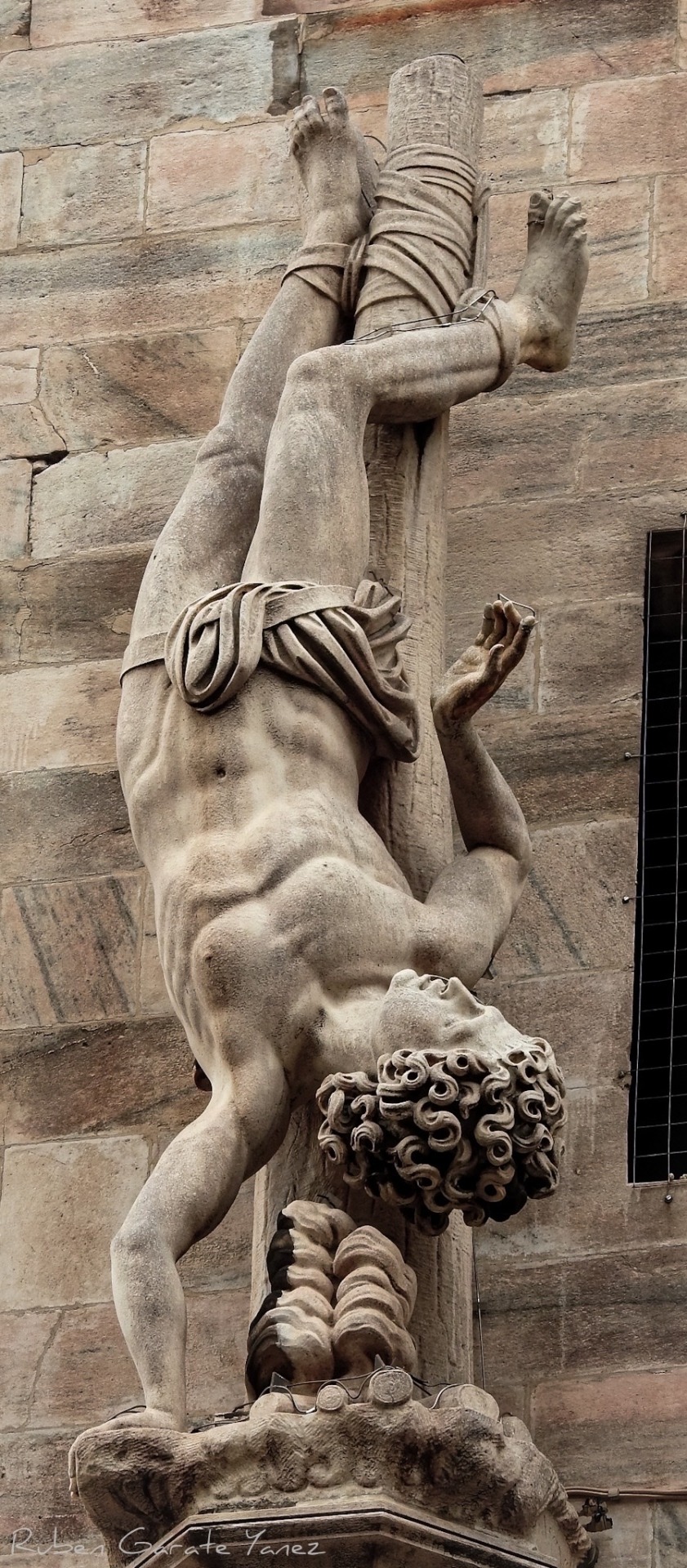
Duomo Di Milano or Metropolitan Cathedral -Basilica of the Nativity of Saint Mary (Milan) , Italy
#art#sonya7c#church#culture#photography#religion#statues#sculpture#duomomilano#italy#beautiful#travel#experience#milan#shadow and bone#90mm#tamron#roman catholic#dark art
139 notes
·
View notes
Text

Duomo Di Milano or Metropolitan Cathedral-Basilica of the Nativity of Saint Mary (Milan) ,Italy
The bronze door was designed by Italian sculptor Ludovico Pogliaghi in 1894-1908
#art#sonya7c#church#culture#religion#photography#bronze#sculpture#milan#italy#duomomilano#roman catholic#architecture#dark art
4 notes
·
View notes
Text
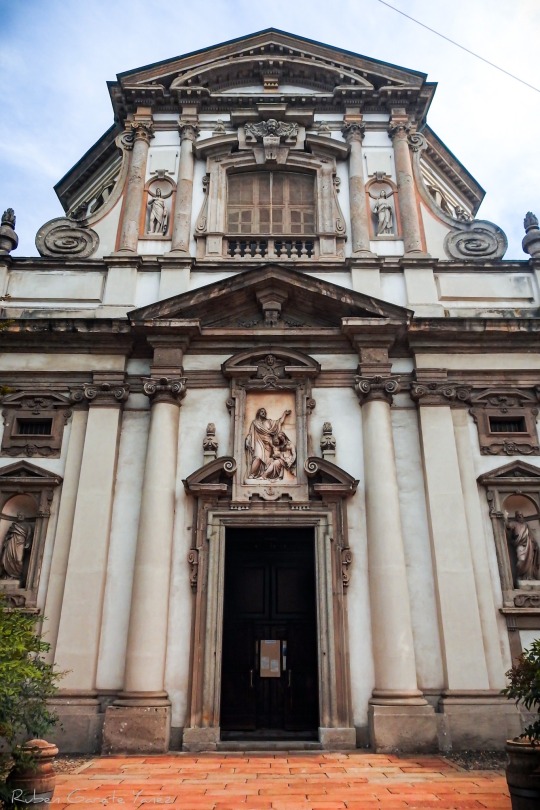
Church of Saint Joseph (Chiesa di San Giuseppe) Milan , Italy
San Giuseppe is a Baroque-style Roman Catholic church in Milan, region of Lombardy, Italy.
Construction was begun in 1607 and completed in 1630. The architect was Francesco Maria Richini.[1] The right side of the church overlooks Via Andegari, after a family with this name. It seems that the title of the street comes from the name of a family known as the "Andegardi" or "undegardi".
#art#sonya7c#church#culture#photography#religion#travel#milan#italy#barroco#beautiful#shadow and bone#dark art#statues#sculpture#old church
2 notes
·
View notes
Text
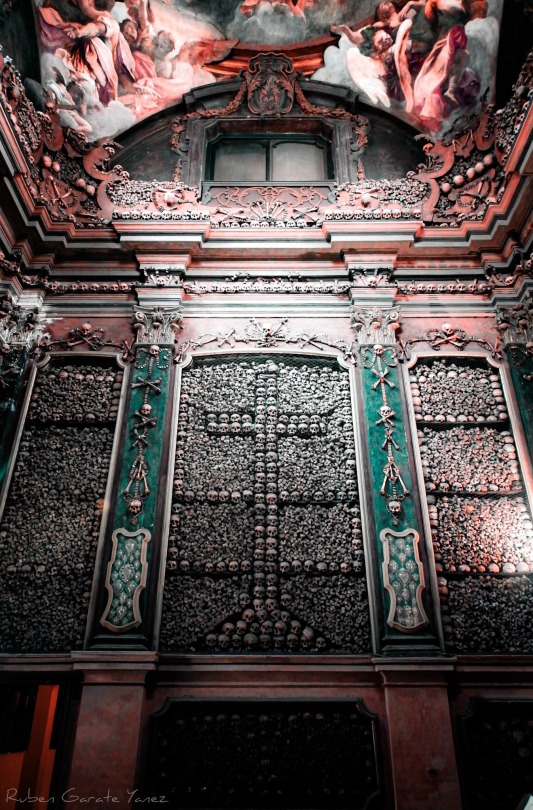
San Bernardino alle Ossa (Milán) Italy
The church's origins date to 1145, when a hospital and a cemetery were built in front of the basilica of Santo Stefano Maggiore. In 1210 a chamber was built to house bones from the cemetery, next to which a church was built in 1269. It was restored for the first time in 1679 by Giovanni Andrea Biffi, who modified the façade and decorated the walls of the ossuary with human skulls and tibiae.
The church was destroyed in 1712; it was replaced by a new edifice designed by Carlo Giuseppe Merlo, featuring a central plan and larger size reflecting the increasing popularity of the ossuary. The new church, connected to the former one by an ambulatory, was dedicated to St. Bernardino of Siena.
The façade was completed in 1776.
#art#sonya7c#church#culture#photography#religion#skullhead#cemetery#hospital#silence#milan#italy#beautiful#travel#shadow and bone#dark art#human bones
10 notes
·
View notes
Text

Cemiterio São Paulo,Cardenal Arcoverde (São Paulo) Brasil
#art#sonya7c#church#culture#photography#religion#cemetery#saopaulo#90mm#beautiful#travel#shadow and bone#silence#history#nature#statues#sculpture
28 notes
·
View notes
Text

Cimiterio São Paulo,Cardenal Arcoverde (Sao Paulo) Brasil
Founded 1926
#art#statues#sculpture#cemetery#saopaulo#sonya7c#sonyalfa#90mm#travel#experience#beautiful#silence#brasil#history#shadow and bone#religion
9 notes
·
View notes
Text
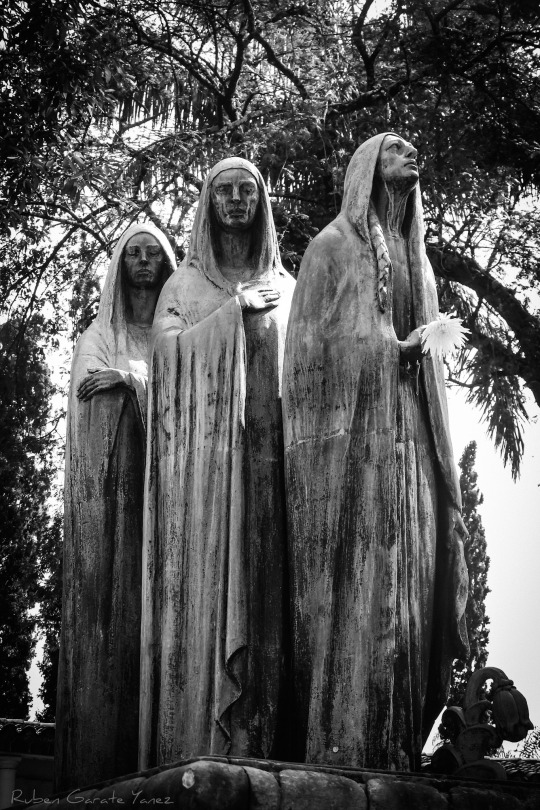
Cementerio Museo San Pedro (Medellín,Antioquia) Colombia
Founded 22 September 1842
#art#sculpture#shadow and bone#cemetery#statues#colombia#medell�n#photography#travel#sonya7c#sonyalfa#tamron#experience#beautiful#history
8 notes
·
View notes